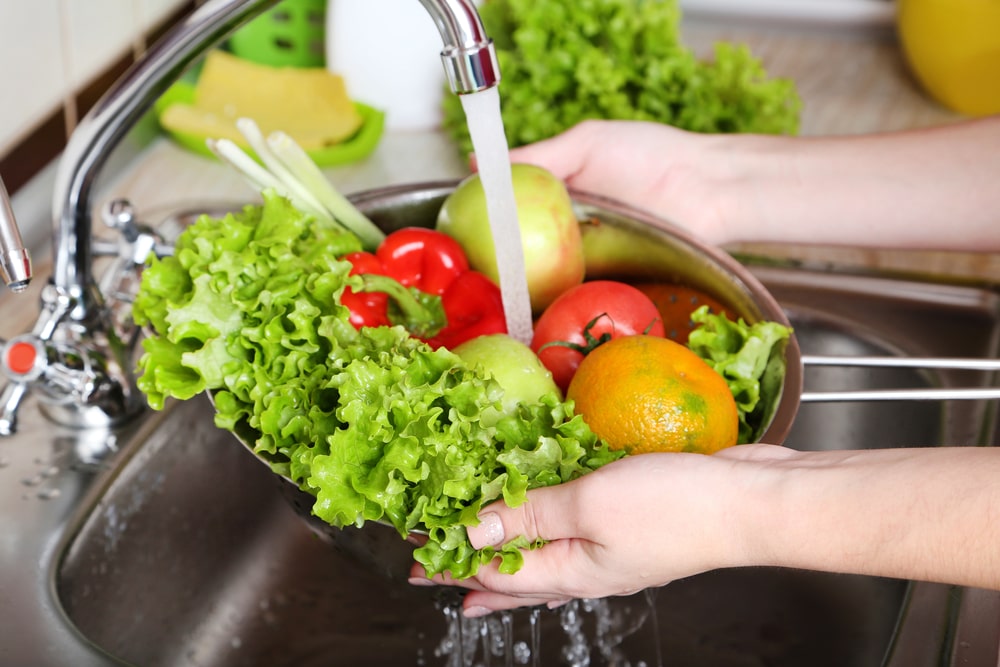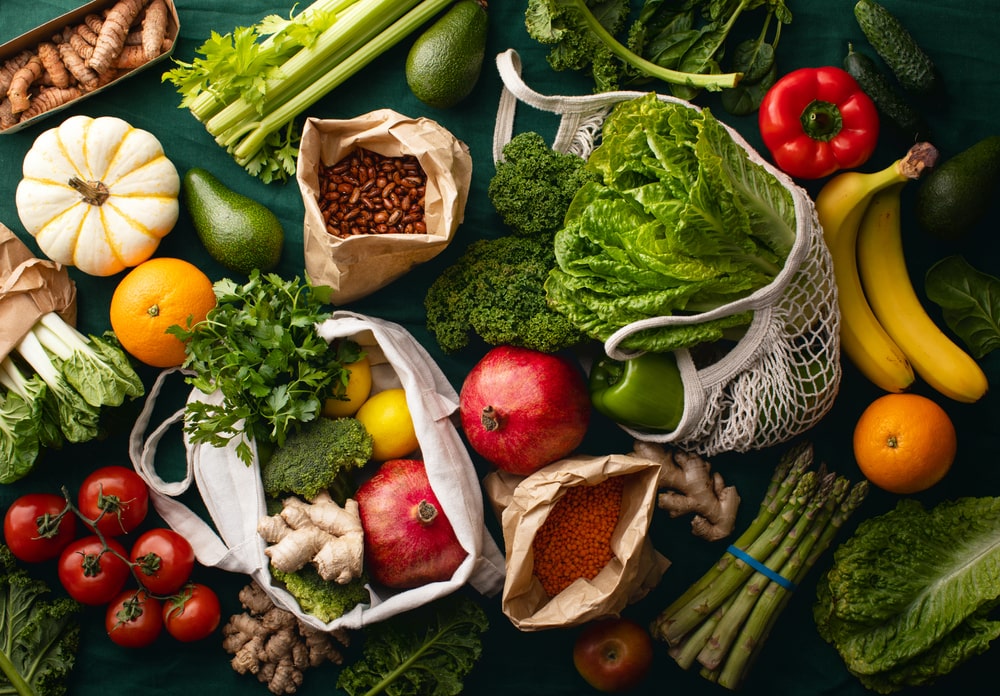Keep your veggies and fruits fresh even days after you buy them!
Did you know that in the US, around 40% of fresh produce is thrown away instead of ever being eaten? That number may include some of your perishables like fruits, veggies, and other foods that you just can’t seem to finish before they go bad. So what can you do to stop this from happening anymore?
Keep reading because we will show you 8 expert tips on how to keep your veggies and fruits fresh for as long as possible but also save a lot of money in the long run.

1. Store your lettuce with a paper towel
To ensure your lettuce stays fresh, store it in a bowl and cover it with a paper towel. This is one of the most effective ways to preserve its freshness and crispiness. To make sure there will be no moisture in between the leaves, seal the bowl with plastic wrap.
If the towel becomes too moist, replace it with a dry one. Another tip is to lightly coat the leaves with salt, which also draws out additional moisture.
2. Never cut your fruits and vegetables before storing them
One of the best ways to keep your veggies and fruits fresh is to store them whole. In most cases, the fresh produce will turn bad or even get mold if it’s cut in half or pieces.
To ensure that air does not reach the inside of fruits or vegetables that you must chop and store before using, figure out how to properly seal them. Use the same hack that we mentioned above the one that helps you store lettuce fresh and dry.
3. Put carrots in water for longer freshness
If you purchased your carrots whole, first trim off the leafy greens to prevent the dried-out appearance that older carrots have. Since carrots thrive in dampness, place them in a jar with water, cover tightly with plastic wrap, and refrigerate.
Alternatively, cover the carrots with bubble wrap before storing them in the refrigerator; this will allow the carrots to absorb exactly the right amount of moisture without soaking them in water.
4. Soak apple slices in salt water
While sliced apples make an easy snack or garnish for salads, browning leftovers don’t taste well. To stop the remaining slices from oxidizing, soak them in a basin of cold salt water (do not add more salt than ½ teaspoon per quart of water, otherwise the fruit will taste salty).
Once the slices have dried for five minutes, place them in a sealed plastic bag and refrigerate.
5. Wrap the banana’s stems with plastic wrap
If you want to keep your bananas fresh for more than a few days, store them correctly. Once more, ethylene gas is the cause of this, but it may be contained by removing each banana from the bundle and covering each stem with plastic wrap.
Peel them and put them in the freezer for a simple smoothie addition or some homemade ice cream if they’ve already become too ripe for you. Mmm…yummy!
6. Never keep tomatoes in the fridge!
This is probably one big mistake everybody tends to make when they store their fresh tomatoes. The truth is that tomatoes don’t like being kept in cold places. Instead of stuffing them in the fridge, leave them on the counter with the stem side down.
If you could use some Ziploc bags made with expandable bottoms to store or even transport your food don’t hesitate to check out this pack of 42 bags for just $5.99.

7. Always wash your fresh produce before storing them
If you want to keep your veggies and your fruits fresh for more days, it’s important to wash them before storing them. But not only with water! To properly wash your fruits and veggies, cover them in a solution of one part white vinegar to three parts water.
Why should you choose vinegar to clean your fresh produce? Vinegar not only keeps mold from growing and decaying, but it also eliminates pesticides from conventionally produced fruit and vegetables and destroys any germs that might be hanging around on your veggies. Rinse well with fresh water after washing, then pat dry before storing.
8. Never store mushrooms moist!
Keeping vegetables in the incorrect containers is one frequent mistake that we all make. For example, a lot of people store mushrooms in plastic bags which is a big no-no if you want to keep them fresh for a longer time. Instead, put your dry mushrooms in dry containers like brown paper bags.
Unlike plastic bags, this type of paper allows for improved air circulation and absorbs moisture similarly to paper towels. Likewise, avoid putting your mushrooms in vegetable bins in the refrigerator, glass containers, or any other type of container that might retain moisture.
You may also be interested in reading about 8 Pantry Must-Haves During Winter.











